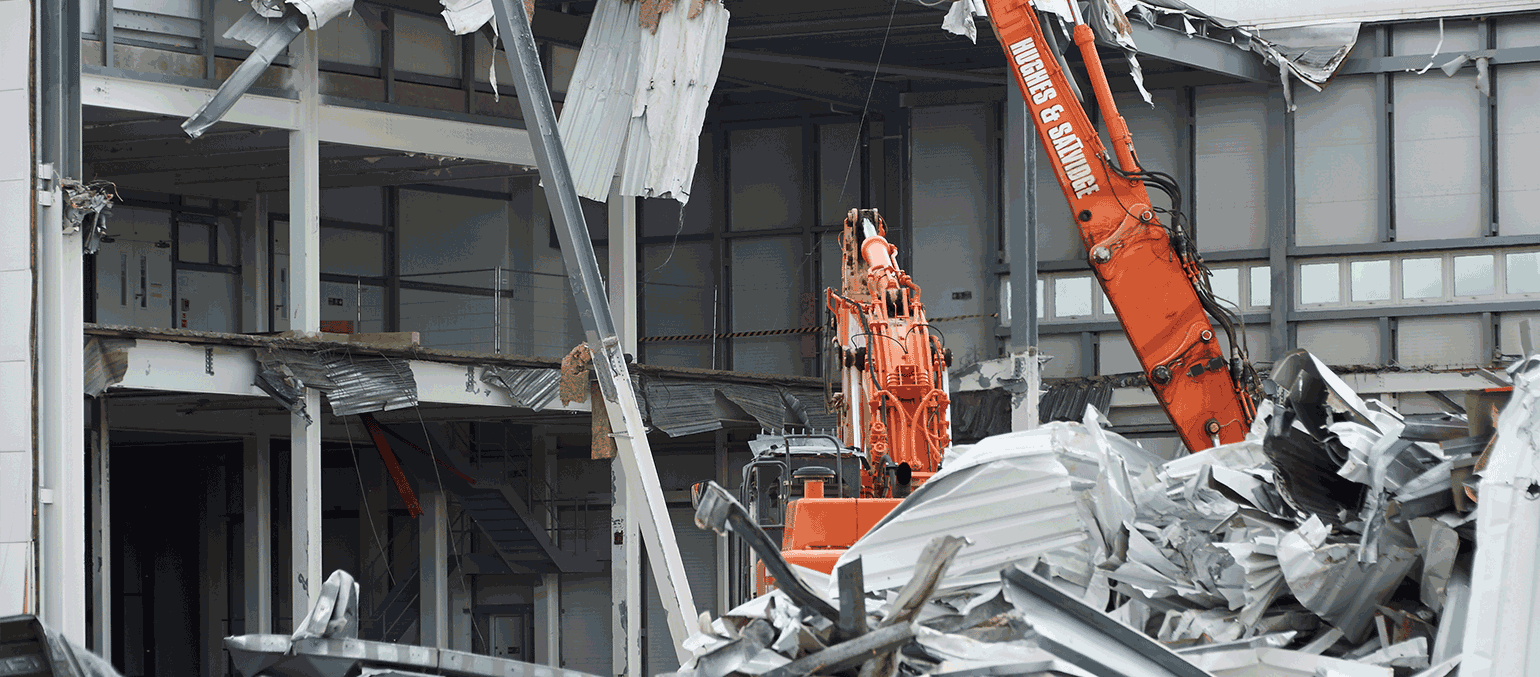
When we think of demolition, we often envision a thrilling spectacle of destruction. However, we seldom consider what happens to the debris when we demolish a building. The truth is that demolition can have a significant impact on the environment. The environmental damage caused by demolition can lead to soil and water contamination, air pollution, and the destruction of wildlife. In this blog post, we will discuss the environmental impact of demolition, the risks involved, and the steps that we can take to prevent further damage to our environment.
Contamination of Soil and Water
During demolition, building materials such as lead, asbestos, and chemicals can become airborne and settle on the ground. The debris can contaminate the soil and water, leading to long-lasting environmental damage. It is essential to take proper precautions when demolishing buildings to prevent soil and water pollution. It is also crucial to dispose of the debris properly and follow local regulations to minimize the environmental impact of demolition.
To know house demolition cost in Melbourne visit here!
Air Pollution
Demolition can also contribute to air pollution. The demolition process produces dust, debris, and other airborne particles that can cause respiratory problems. Also, the heavy machinery and vehicles involved in demolition produce carbon emissions that contribute to air pollution. To minimize air pollution during demolition, it is essential to use modern equipment that is more efficient and produces fewer emissions.
Destruction of Wildlife Habitat
When we demolish a building, we are also destroying the habitat of the creatures that have made that place their home. Birds, rodents, and other animals that live in the building may be forced to relocate, leading to a disruption of the ecosystems. It is essential to take steps to ensure that the demolition process does not harm or kill any wildlife in the surrounding area.
Recycling and Sustainability
The most effective way to reduce the environmental impact of demolition in Melbourne is by promoting sustainable practices such as recycling and reusing materials. For example, we can salvage building materials such as concrete, steel, and wood, which can be reused or recycled. This reduces the need for new raw materials and contributes to a more sustainable and eco-friendly environment.
Proper Planning and Implementation
Proper planning and implementation are critical to minimizing the environmental impact of demolition. Demolition contractors must be knowledgeable and trained in environmental regulations and safety practices and must use techniques that cause the least amount of environmental damage. They should also be able to assess the potential environmental risks of the demolition site and take the necessary precautions to avoid accidents and minimize the impact on the environment.
Conclusion:
Demolition is a necessary process in today’s world, but it can come at a heavy cost to the environment. The environmental impact of demolition can lead to soil and water pollution, air pollution, and the destruction of wildlife habitats. However, by following sustainable practices, proper planning, and the right people handling the job, we can minimize the environmental impact of demolition. These steps are crucial in preserving the environment and ensuring that we maintain a healthy planet for future generations.